Home>Gardening & Outdoor>Landscaping Ideas>When To Spread Grass Fertilizer
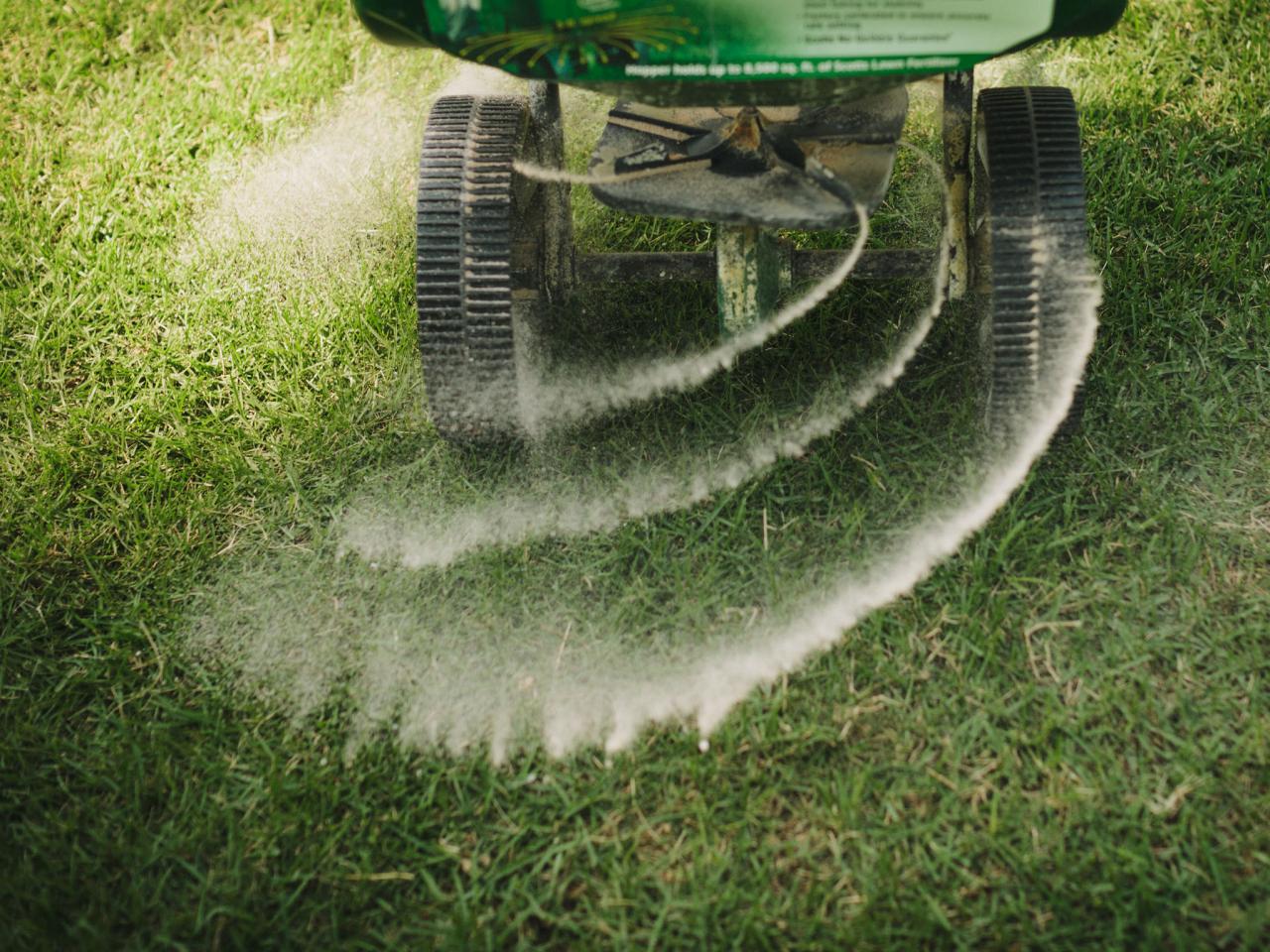

Landscaping Ideas
When To Spread Grass Fertilizer
Modified: March 27, 2024
Learn when to spread grass fertilizer for a lush and healthy lawn with these landscaping ideas. Find the best timing and techniques for optimal results.
(Many of the links in this article redirect to a specific reviewed product. Your purchase of these products through affiliate links helps to generate commission for Storables.com, at no extra cost. Learn more)
Introduction
Welcome to the world of landscaping, where lush green lawns are the envy of every neighbor! Achieving that vibrant, healthy lawn involves a combination of factors, and one essential element is grass fertilizer. Understanding when to spread grass fertilizer is crucial for ensuring your lawn receives the nutrients it needs to thrive.
In this article, we will explore the best timing for applying grass fertilizer, taking into account various factors that can influence the effectiveness of this essential lawn care practice. By the end, you will have a clear understanding of the optimal timing for spreading grass fertilizer, empowering you to nurture a lawn that’s the envy of the neighborhood.
Key Takeaways:
- Timing is crucial for spreading grass fertilizer. Consider grass type, climate, soil conditions, and prior fertilization to optimize effectiveness and promote healthy lawn growth.
- For cool-season grasses, fertilize in early spring and late fall; for warm-season grasses, fertilize in late spring and summer. Use slow-release fertilizer for sustained nutrient supply and efficient uptake.
Read more: When To Apply Fertilizer To Grass
Understanding Grass Fertilizer
Grass fertilizer is a blend of essential nutrients that promotes the healthy growth and development of grass plants. These nutrients typically include nitrogen, phosphorus, and potassium, often referred to as N-P-K. Each of these elements plays a critical role in supporting the overall health and resilience of your lawn.
Nitrogen is responsible for promoting lush, green growth, making it a key component of most fertilizers. Phosphorus aids in root development and overall plant strength, while potassium helps the grass plants withstand various environmental stressors, such as drought or disease.
When selecting a grass fertilizer, it’s important to consider the specific needs of your lawn. Different grass species and environmental conditions may require varying nutrient ratios. For instance, cool-season grasses, such as Kentucky bluegrass and fescue, often benefit from a fertilizer with a higher nitrogen content, especially in the early spring and late fall. On the other hand, warm-season grasses like Bermuda grass and Zoysia grass may require a different nutrient balance, particularly during their peak growing seasons.
Furthermore, there are different types of grass fertilizers, including quick-release and slow-release formulas. Quick-release fertilizers provide an immediate nutrient boost but require more frequent applications. In contrast, slow-release fertilizers deliver nutrients gradually over an extended period, reducing the frequency of applications and minimizing the risk of nutrient runoff.
Understanding the composition and specific requirements of your grass will guide you in selecting the most suitable fertilizer for your lawn’s needs. With this knowledge in hand, you can make informed decisions about when and how to apply grass fertilizer for optimal results.
Factors to Consider
Several key factors should be taken into account when determining the ideal timing for spreading grass fertilizer. By considering these factors, you can tailor your fertilization schedule to align with the specific needs of your lawn, maximizing the effectiveness of the nutrients and promoting vigorous, healthy growth.
- Grass Type: Different grass species have varying growth patterns and nutrient requirements. Cool-season grasses thrive in cooler temperatures, while warm-season grasses flourish in warmer climates. Understanding the type of grass in your lawn will help you determine the most suitable timing for fertilizer application.
- Climate and Season: The local climate and prevailing season play a significant role in determining the best time to fertilize your lawn. For instance, cool-season grasses benefit from fertilization in the early spring and late fall, while warm-season grasses typically require fertilization during their peak growing seasons, which may vary based on the specific region.
- Soil Conditions: Assessing the soil conditions, including its pH level and nutrient content, is essential for understanding the specific needs of your lawn. Conducting a soil test can provide valuable insights into any deficiencies or imbalances, guiding you in selecting the appropriate fertilizer and determining the optimal timing for application.
- Environmental Factors: Consider external factors such as rainfall, temperature, and humidity, as these can impact the effectiveness of grass fertilizer. Applying fertilizer before a heavy rainstorm, for example, may result in nutrient runoff, reducing its efficacy and potentially harming the surrounding environment.
- Prior Fertilization: If you’ve previously applied fertilizer to your lawn, it’s important to consider the residual effects and avoid over-fertilization. Understanding the longevity of the fertilizer previously used will help you determine when the next application is needed.
By carefully evaluating these factors, you can develop a tailored approach to fertilizing your lawn, ensuring that the nutrients are delivered at the most opportune times to support robust grass growth and overall health.
Spread grass fertilizer in the early spring or early fall for cool-season grasses, and in the late spring for warm-season grasses. Avoid fertilizing during extreme heat or drought.
Best Time to Apply Grass Fertilizer
Timing is crucial when it comes to applying grass fertilizer, as it directly impacts the effectiveness of the nutrients and the overall health of your lawn. The optimal timing for fertilization varies based on several factors, including the type of grass, climate, and seasonal considerations.
For cool-season grasses, such as Kentucky bluegrass, fescue, and ryegrass, the best times to apply fertilizer are in the early spring and late fall. In the spring, a light application of fertilizer provides the grass with the essential nutrients needed to support vigorous growth as it emerges from dormancy. This early boost can enhance the lawn’s overall health and resilience throughout the growing season.
As the fall approaches and temperatures begin to cool, cool-season grasses experience a surge in growth. Applying fertilizer during this period helps the grass plants build up essential nutrient reserves, promoting strong root development and ensuring a healthy start to the following spring.
Conversely, warm-season grasses, such as Bermuda grass, Zoysia grass, and St. Augustine grass, thrive in warmer climates and have distinct growing seasons. The best time to apply fertilizer to warm-season grasses is during their peak growing periods, which typically occur in late spring and summer. Fertilizing during these active growth phases provides the grass with the necessary nutrients to support lush, vibrant growth and withstand the stresses of high temperatures and increased foot traffic.
It’s important to note that the specific timing for fertilizer application may vary based on regional climate patterns and local growing conditions. Monitoring the grass’s growth and health throughout the seasons will help you fine-tune the timing of fertilizer applications to align with your lawn’s unique requirements.
Additionally, utilizing a slow-release fertilizer can provide a sustained nutrient supply, reducing the frequency of applications and ensuring a steady, consistent feeding of the grass plants over an extended period. This approach minimizes the risk of nutrient runoff and promotes more efficient nutrient uptake by the grass.
By understanding the optimal timing for applying grass fertilizer and tailoring your approach based on the specific needs of your lawn, you can nurture a lush, healthy lawn that enhances the beauty of your outdoor space.
Conclusion
As you’ve discovered, determining the best time to spread grass fertilizer involves a thoughtful consideration of various factors, including the type of grass, climate, soil conditions, and seasonal dynamics. By understanding the unique requirements of your lawn and the specific needs of the grass species it comprises, you can strategically time the application of fertilizer to optimize its effectiveness and promote robust, healthy growth.
Whether you’re tending to cool-season grasses or nurturing warm-season varieties, the timing of fertilizer application plays a pivotal role in supporting the overall health and resilience of your lawn. From providing an early spring boost for cool-season grasses to sustaining the vigorous growth of warm-season varieties during their peak seasons, the strategic application of grass fertilizer can make a significant difference in the appearance and vitality of your lawn.
Furthermore, the choice of fertilizer type, such as quick-release or slow-release formulas, can further influence the timing and frequency of applications, allowing you to tailor your approach to suit the specific needs of your lawn and achieve optimal results.
By integrating your newfound understanding of the best time to apply grass fertilizer with a proactive approach to lawn care, you can nurture a vibrant, lush lawn that serves as a testament to your dedication and expertise in landscaping. Remember to stay attuned to the evolving needs of your lawn throughout the seasons, making adjustments to your fertilization schedule as necessary to ensure ongoing health and vitality.
Armed with this knowledge, you are well-equipped to embark on a journey of fostering a thriving, verdant lawn that becomes the pride of your outdoor space. With the right timing and a tailored approach to grass fertilizer application, you can transform your lawn into a captivating oasis that invites relaxation, recreation, and admiration.
Now, go forth and apply your newfound insights to cultivate a lawn that stands as a testament to the artistry of landscaping and the rewards of attentive care.
Frequently Asked Questions about When To Spread Grass Fertilizer
Was this page helpful?
At Storables.com, we guarantee accurate and reliable information. Our content, validated by Expert Board Contributors, is crafted following stringent Editorial Policies. We're committed to providing you with well-researched, expert-backed insights for all your informational needs.

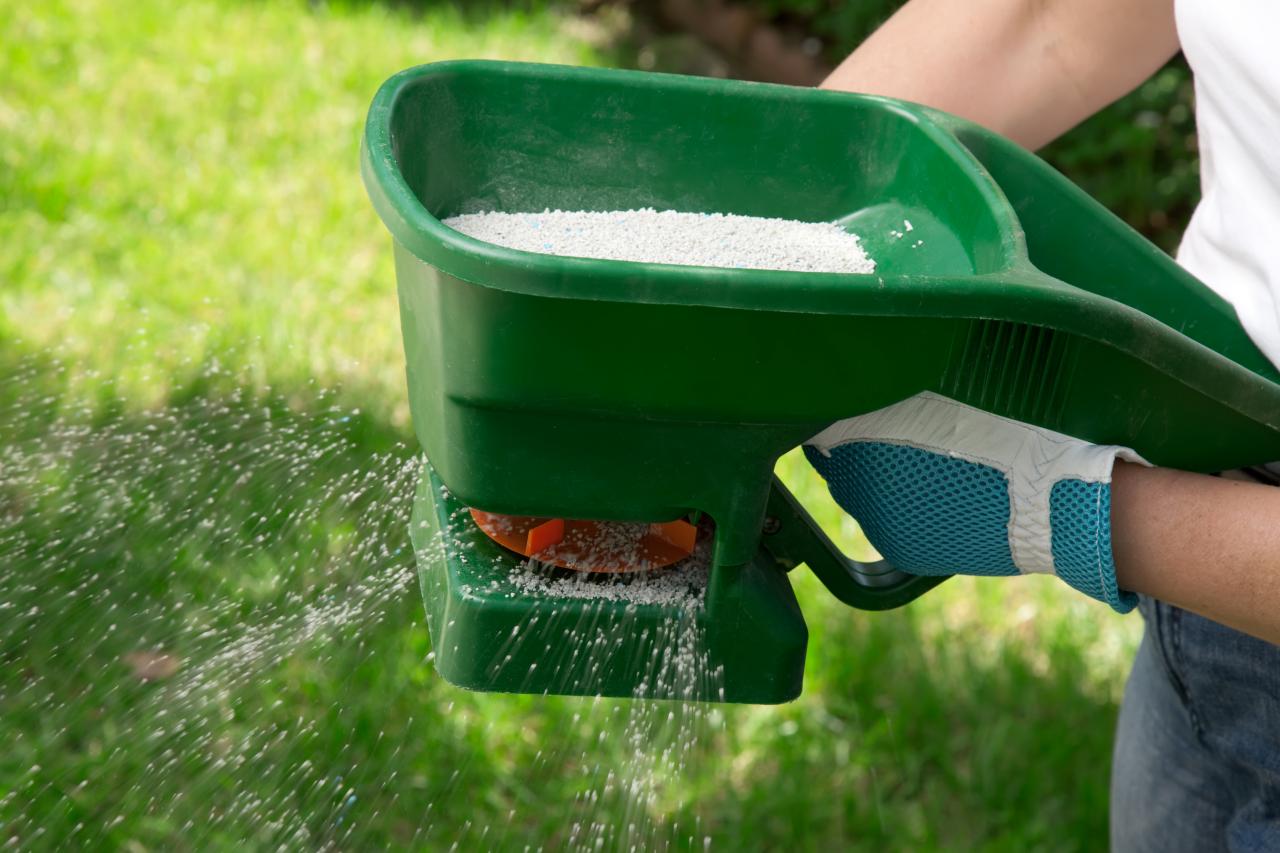
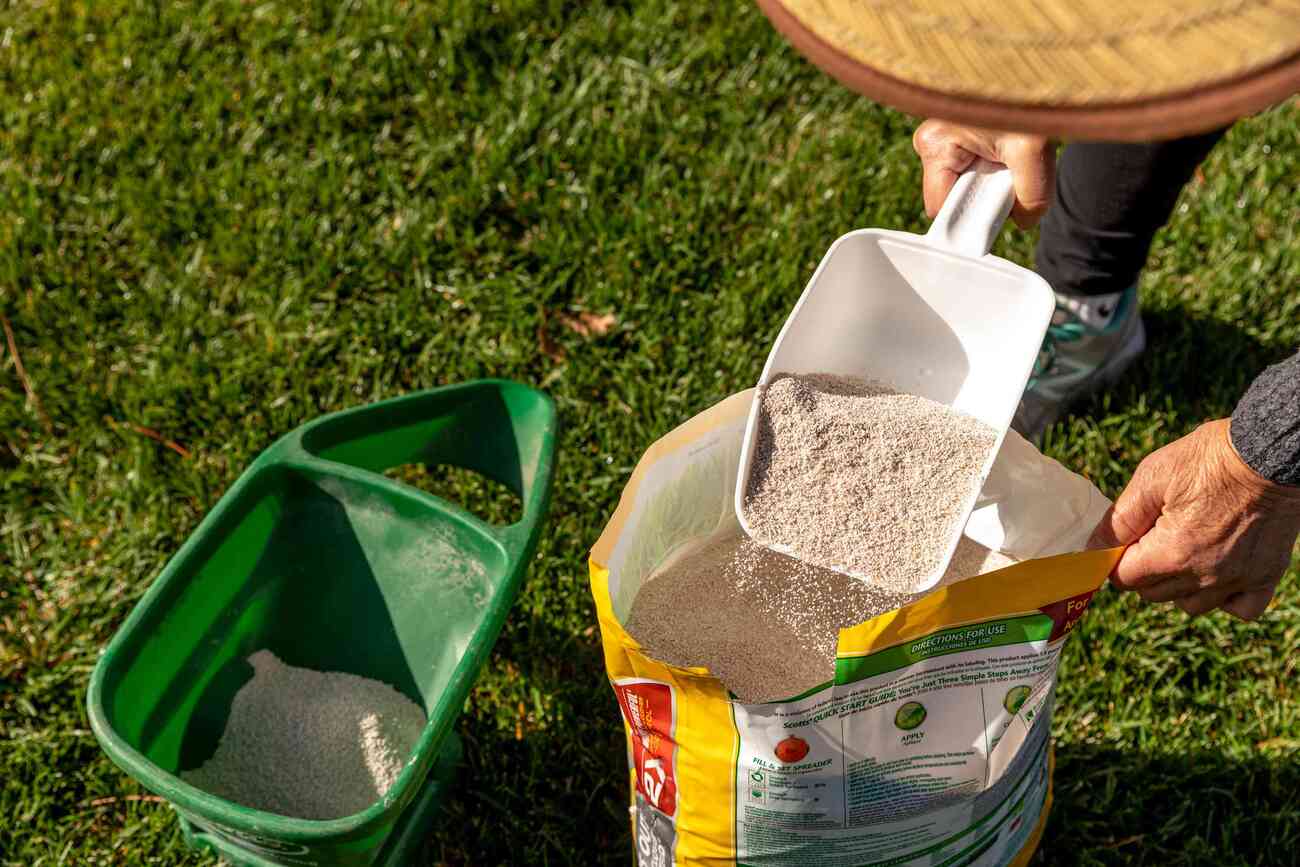
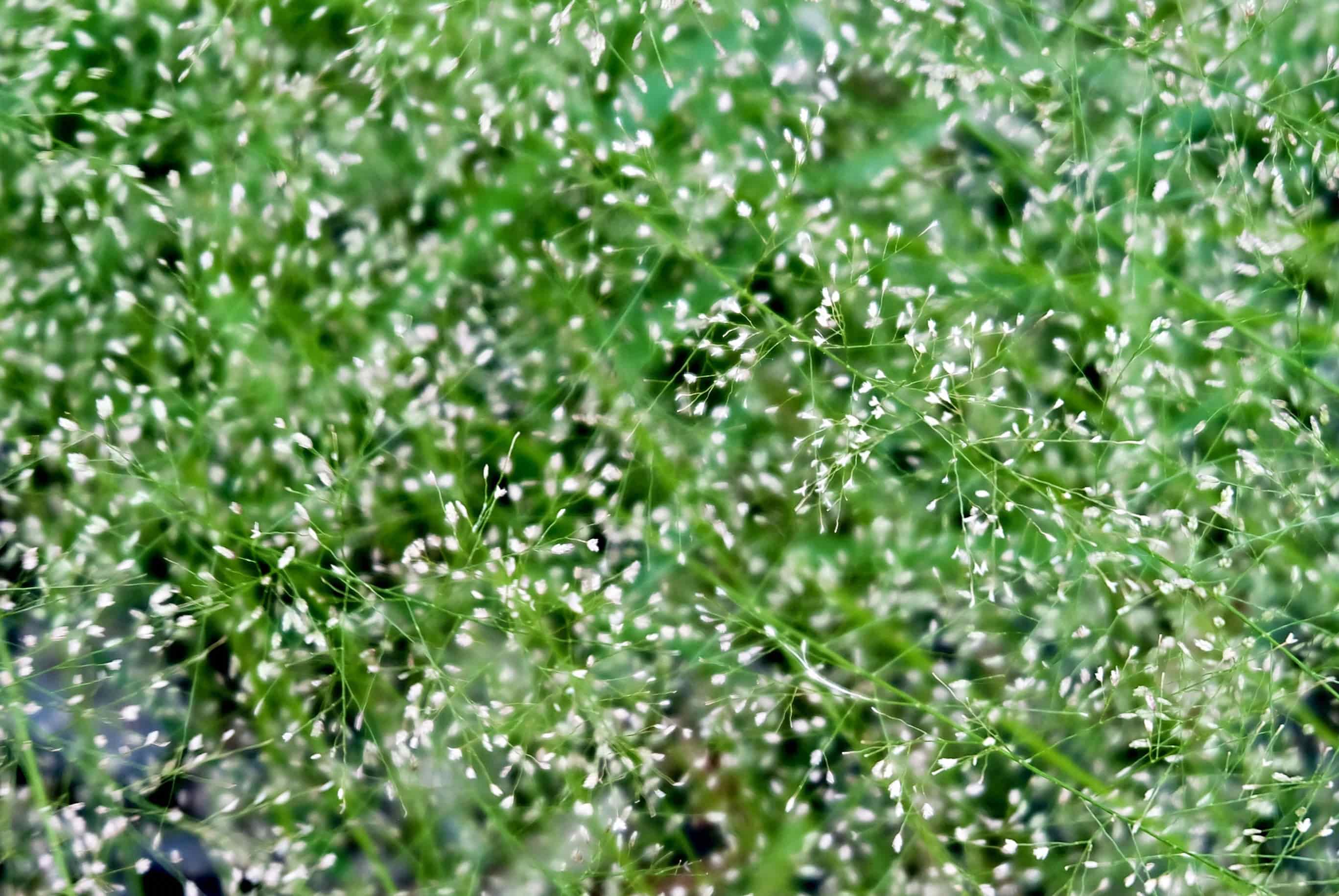
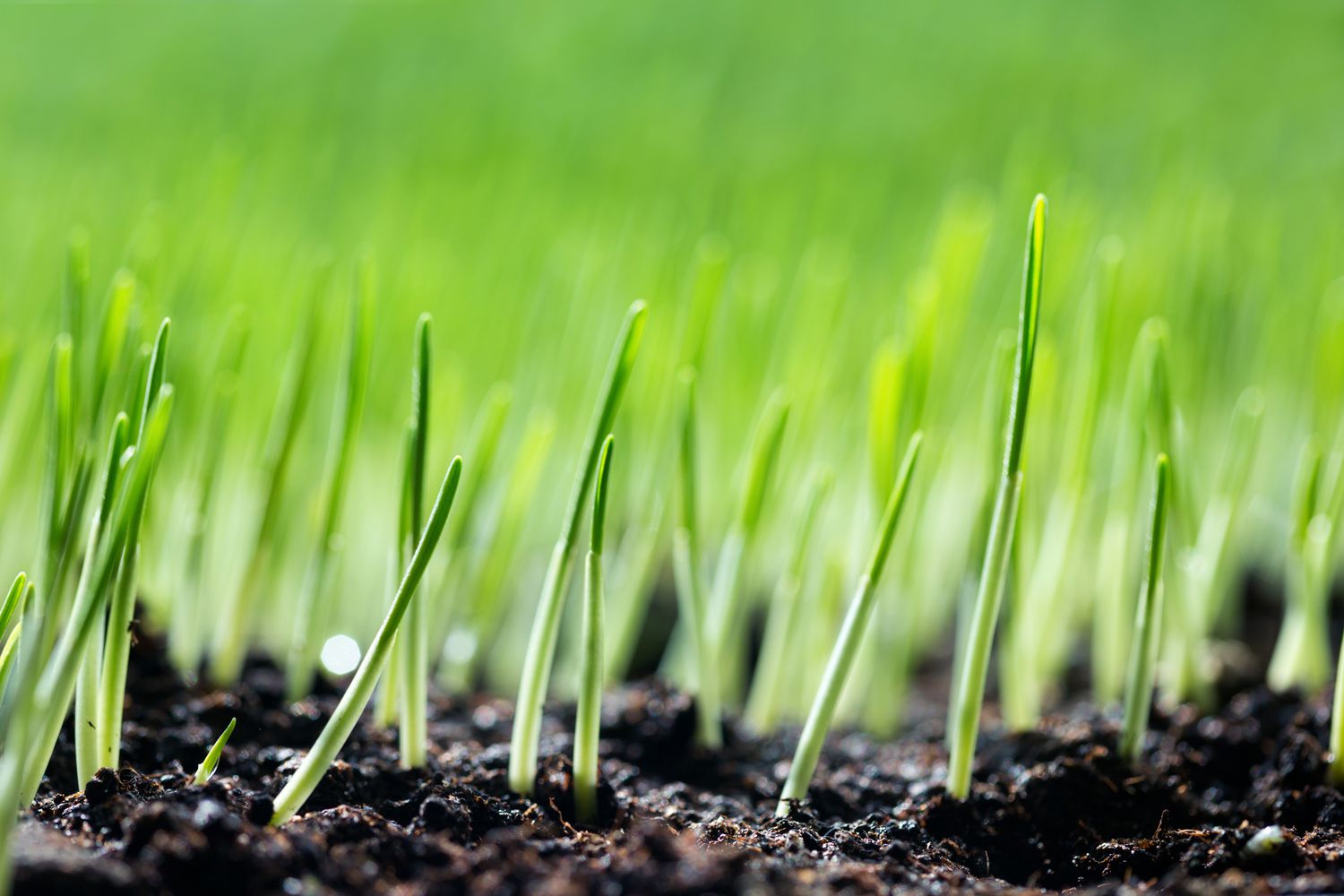
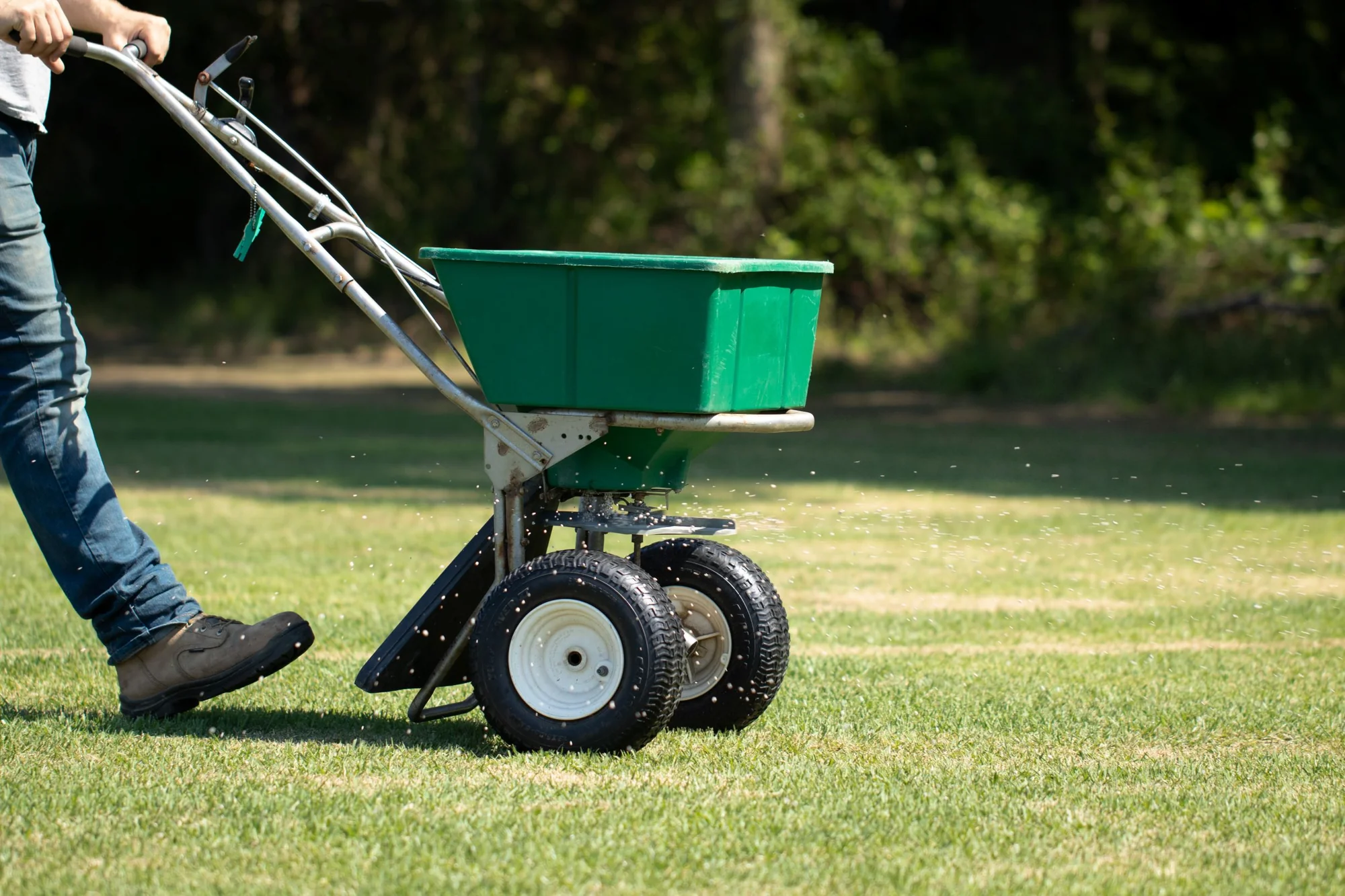
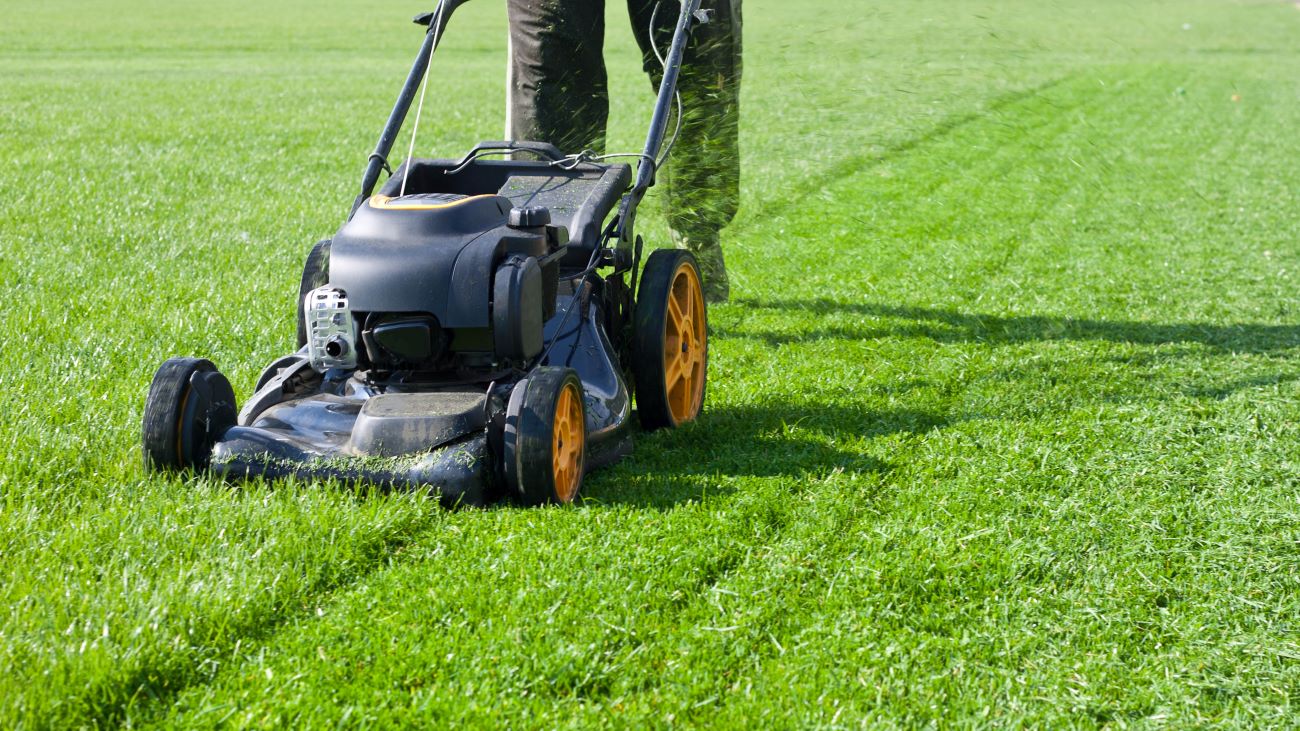
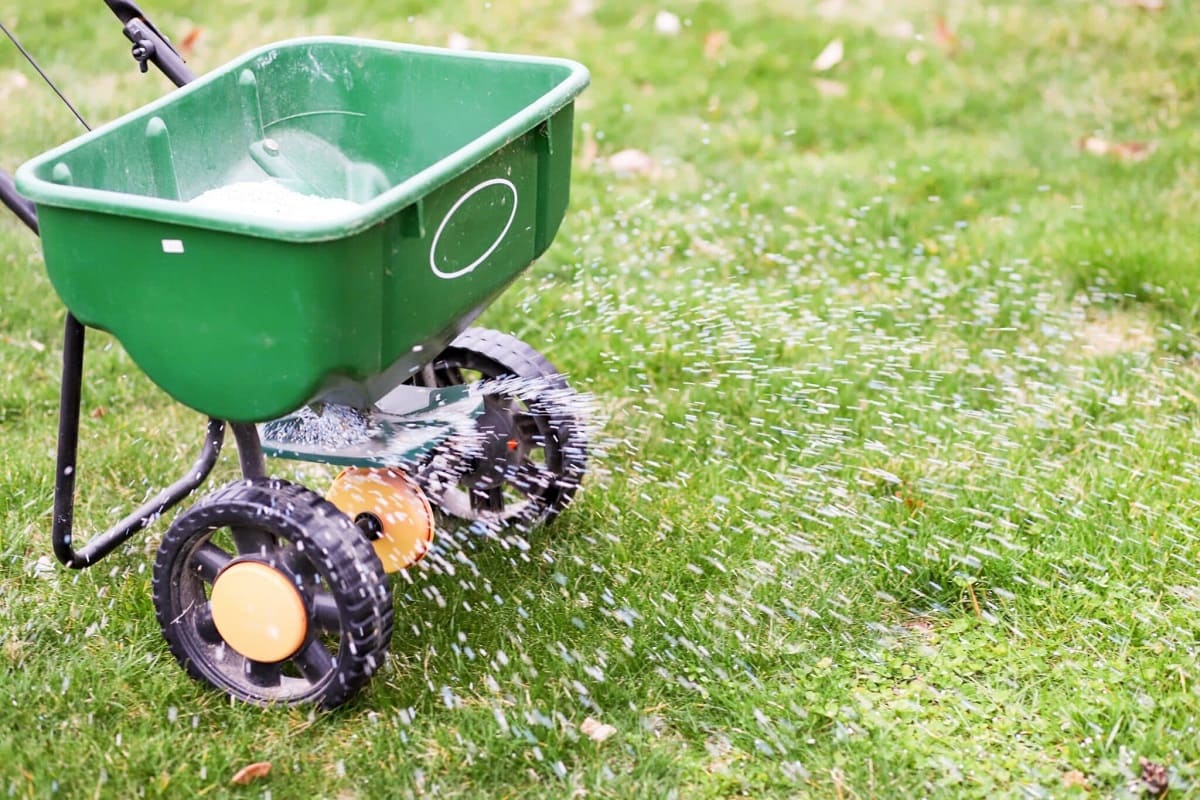


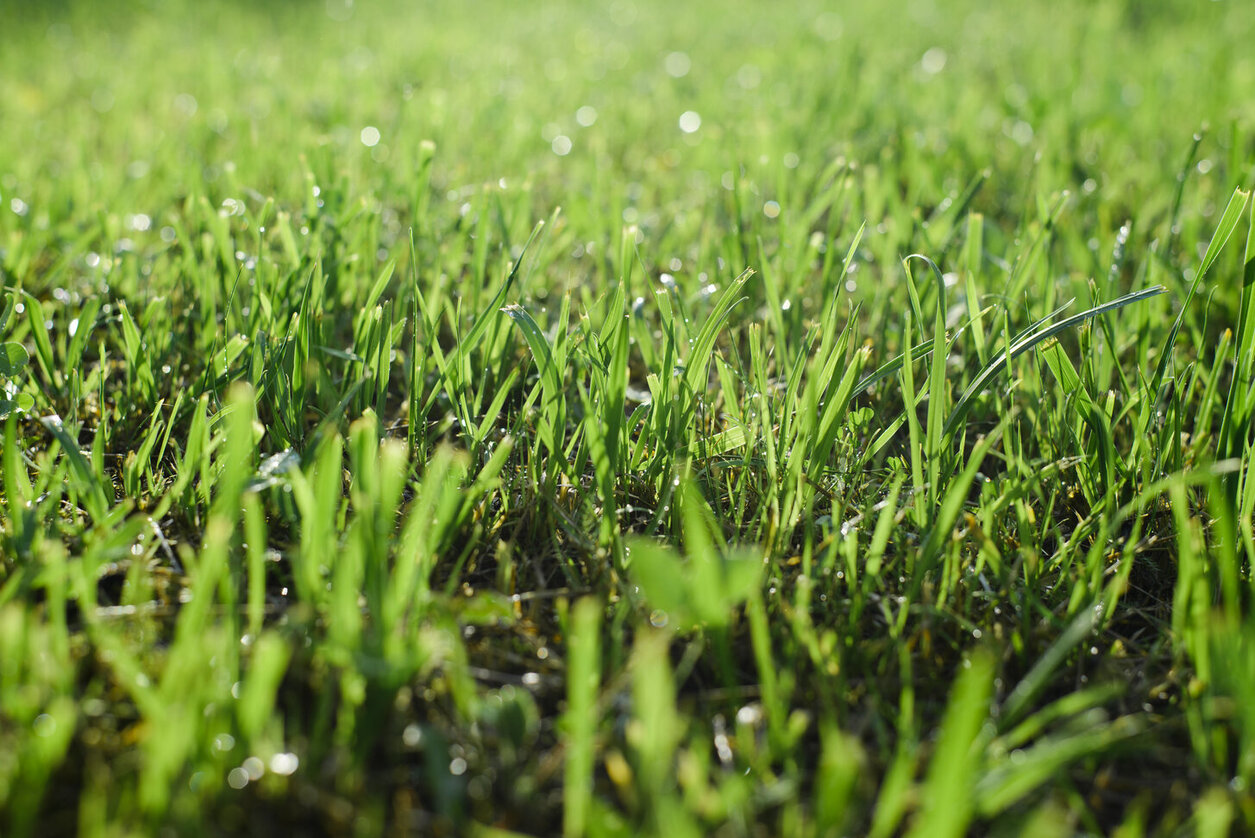
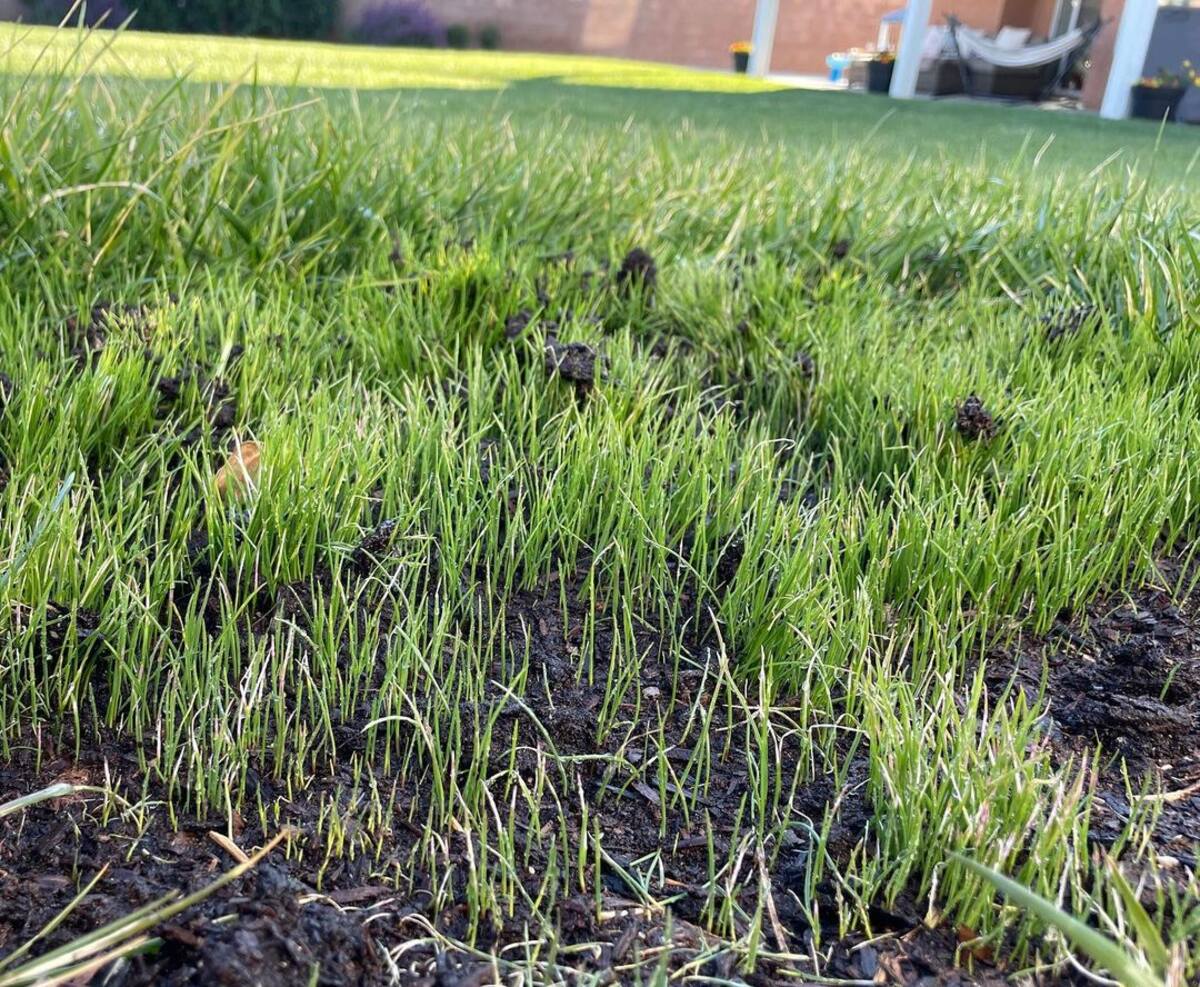
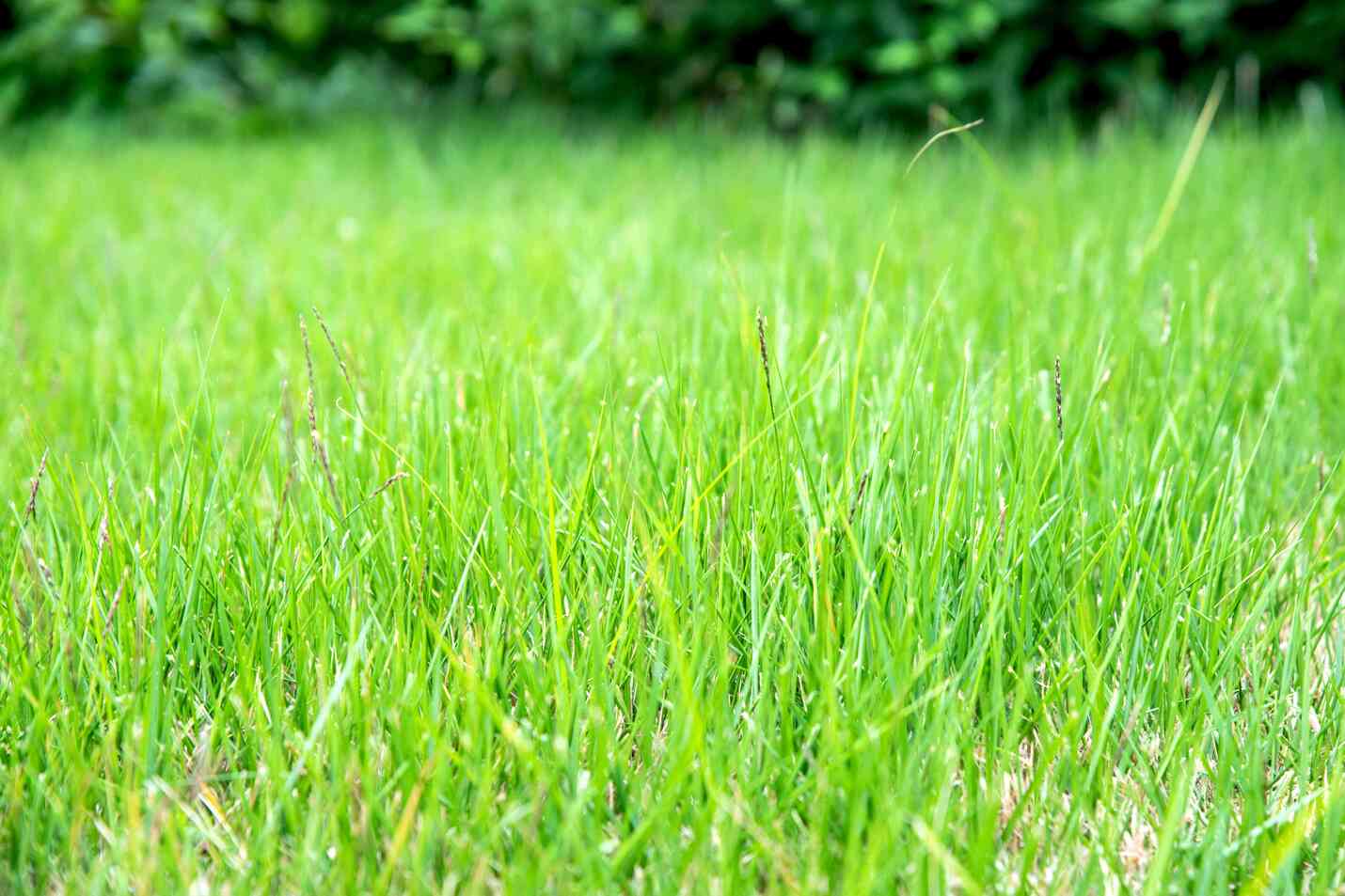
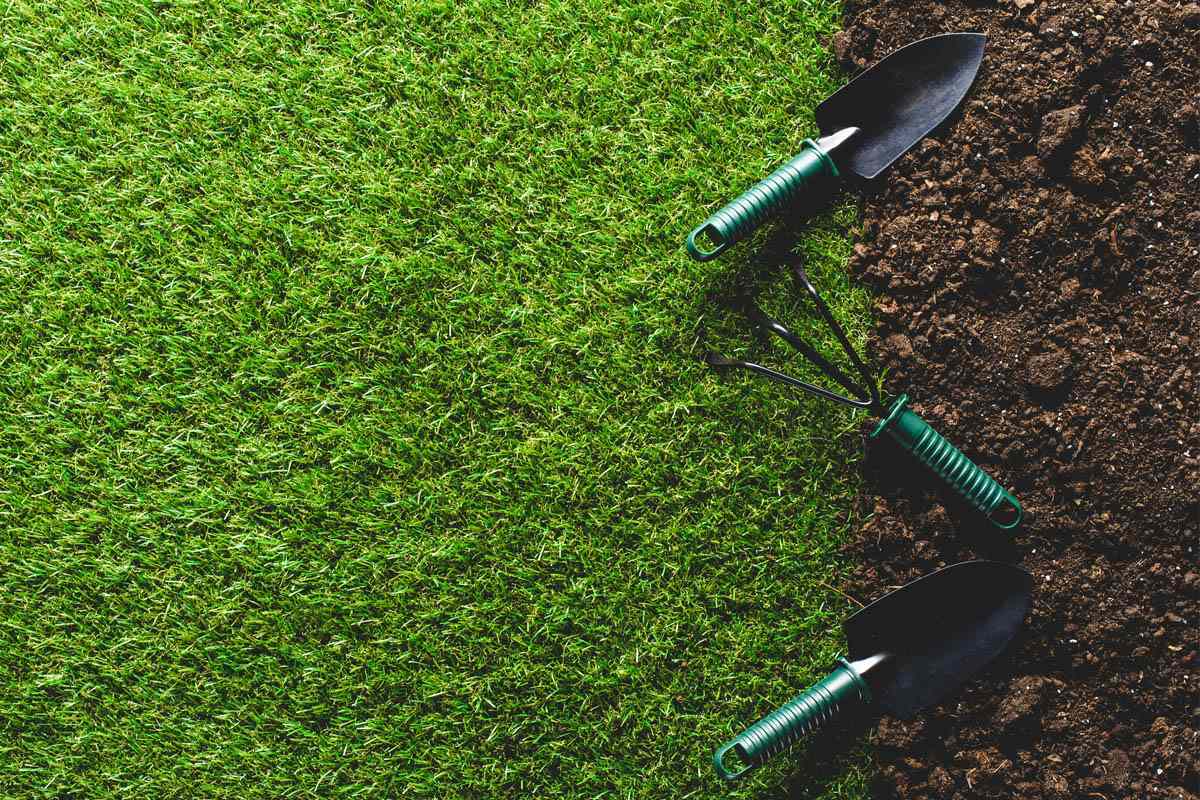


0 thoughts on “When To Spread Grass Fertilizer”